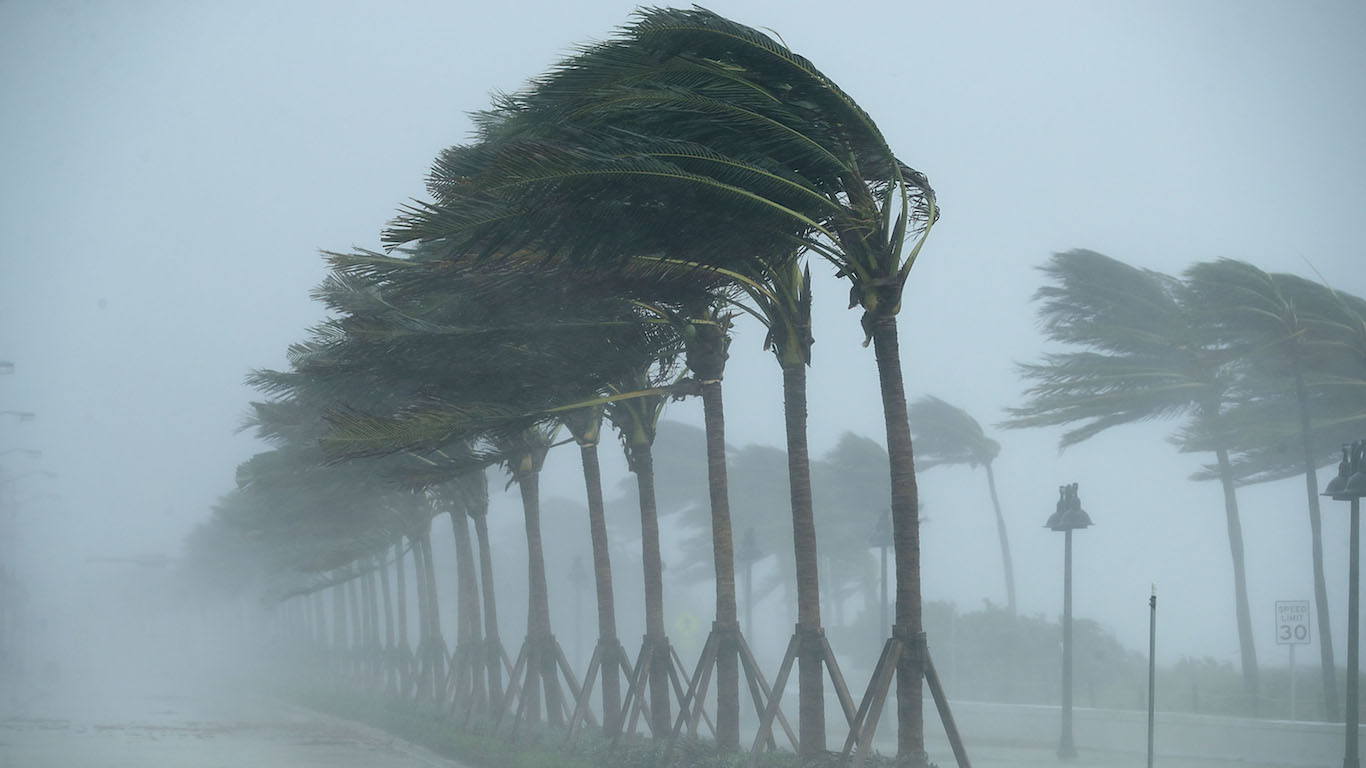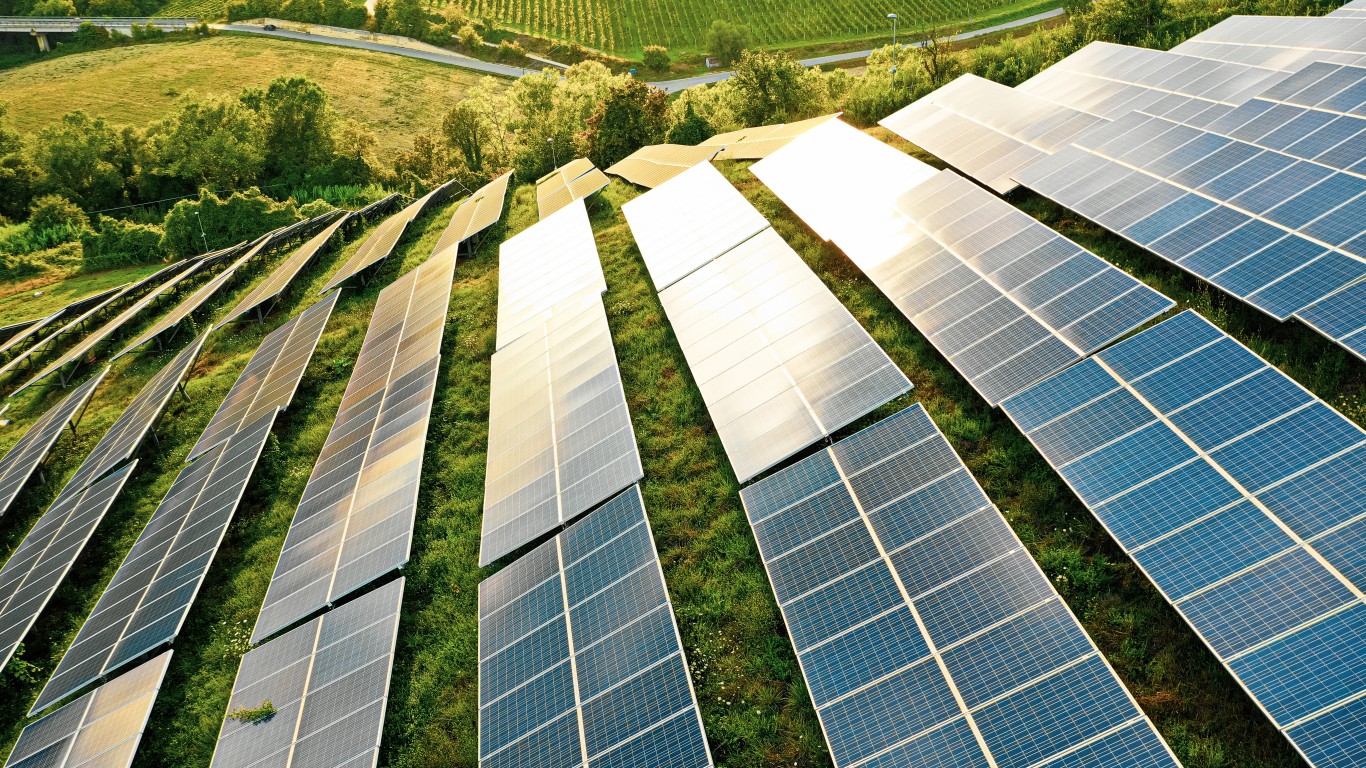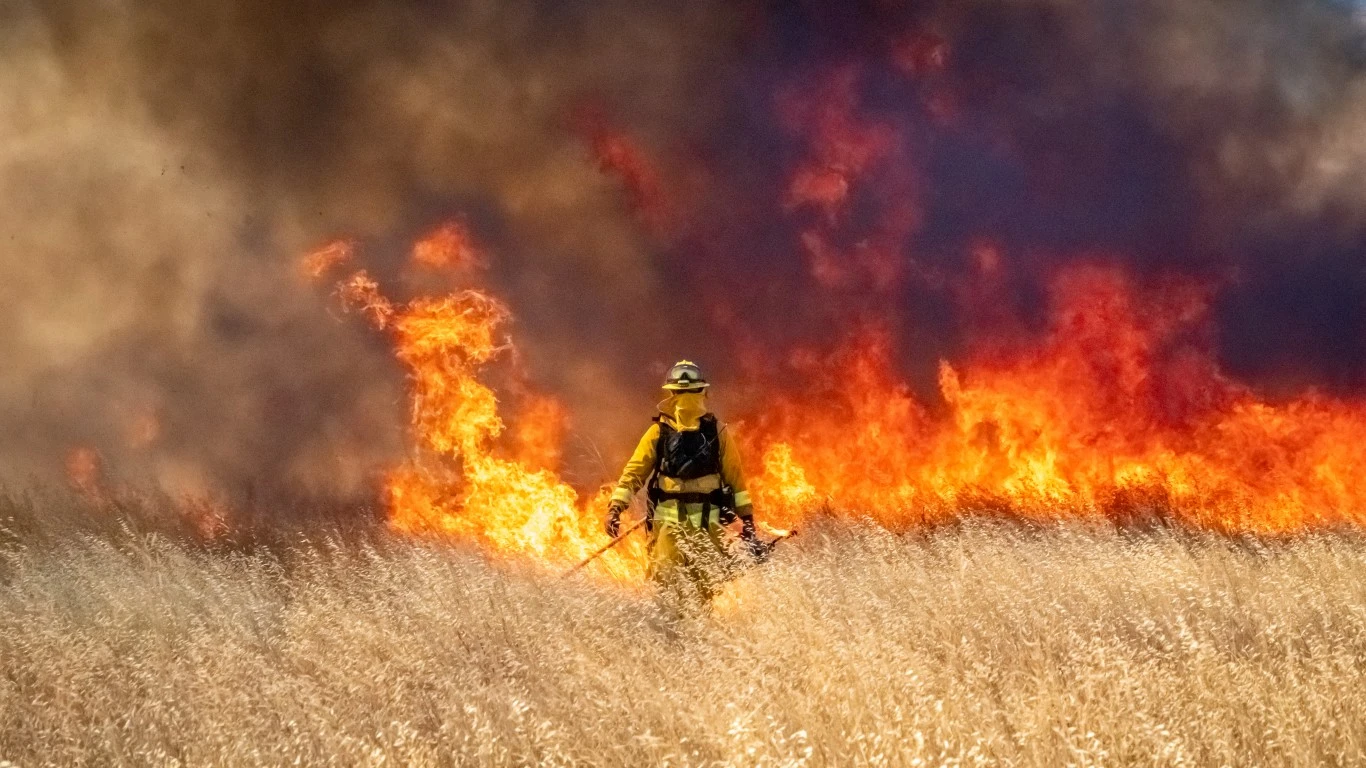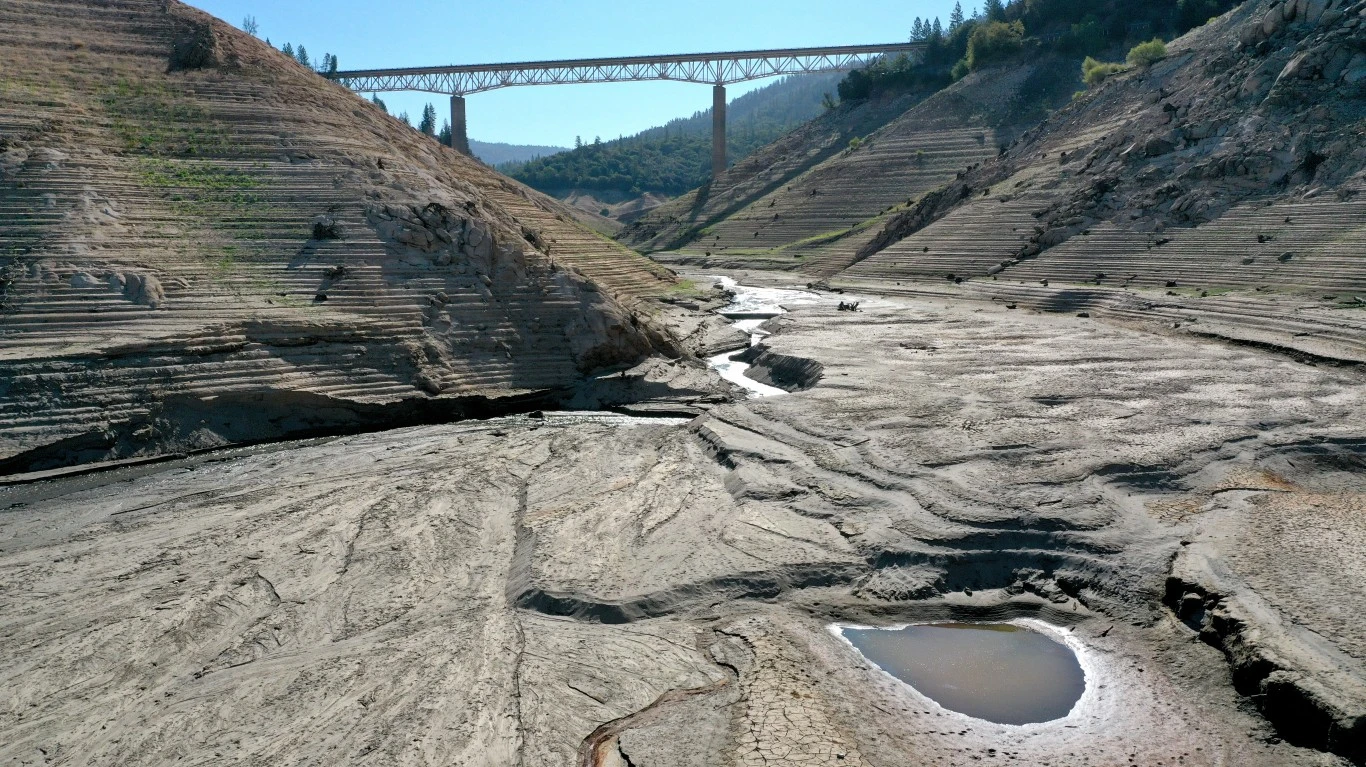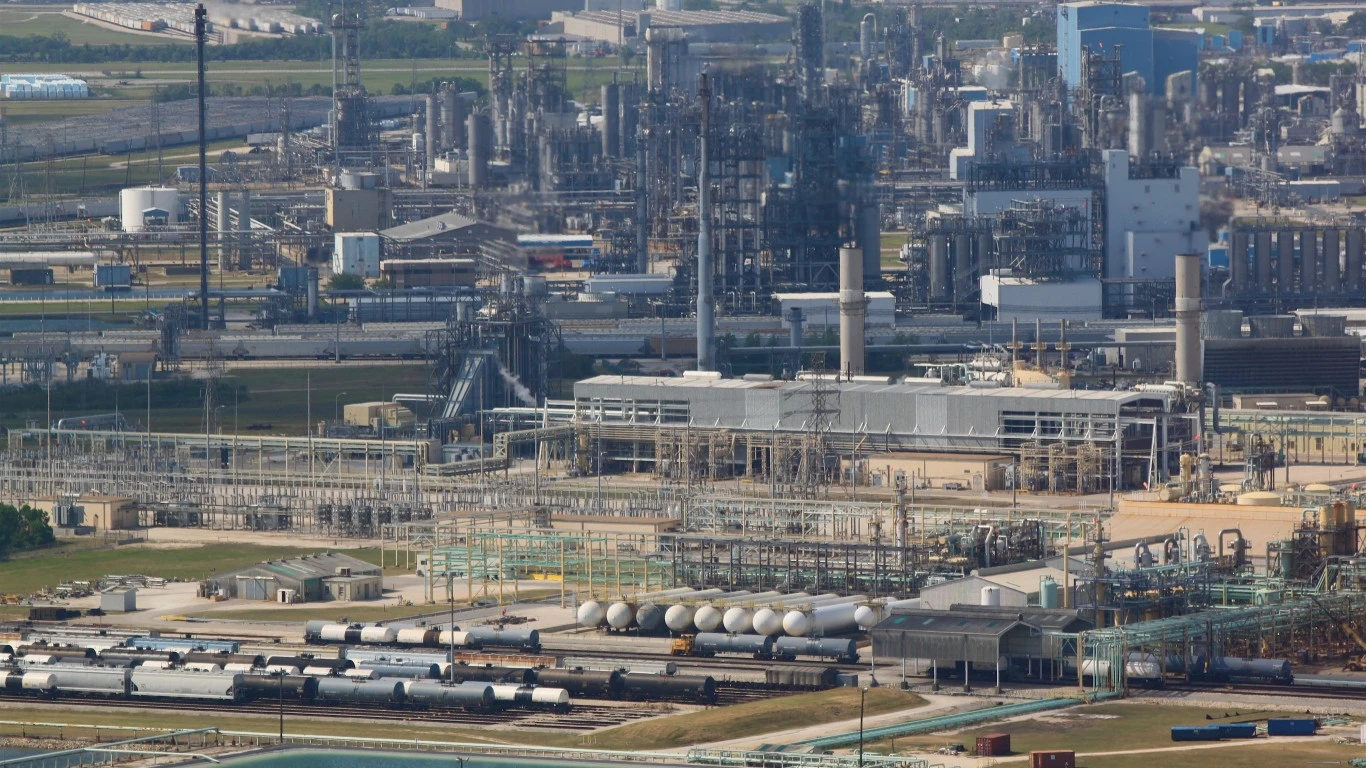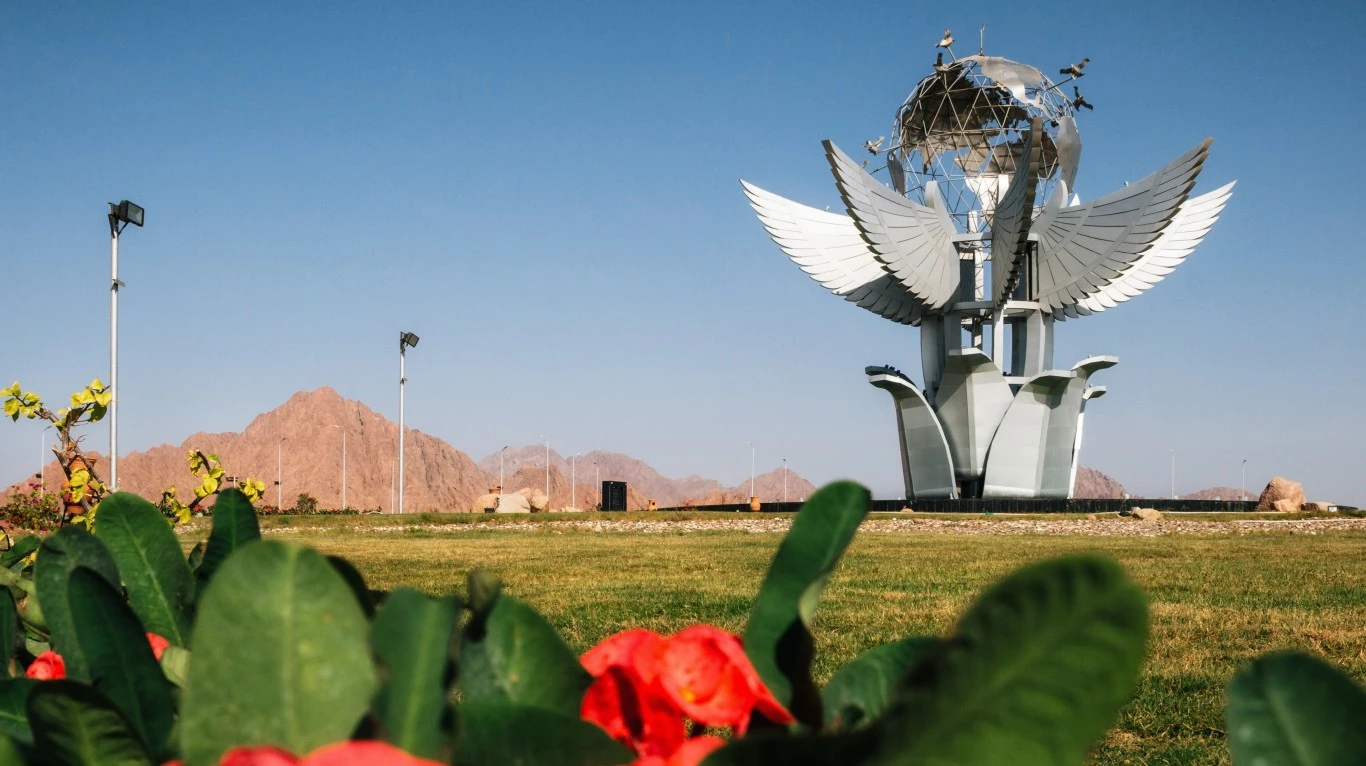(David Callaway is founder and Editor-in-Chief of Callaway Climate Insights. He is the former president of the World Editors Forum, Editor-in-Chief of USA Today and MarketWatch, and CEO of TheStreet Inc.)
MAUI, Hawaii (Callaway Climate Insights) — The U.S. midterm elections fall on the first few days of the upcoming COP27 United Nations climate summit in November, and nothing could better underscore the challenge of a nation ripping itself apart just as the world needs its climate leadership most.
Eight weeks before the Nov. 8 midterms, climate activists are still celebrating passage of President Joe Biden’s climate bill, the Inflation Reduction Act, but are girding for an assault on all things environmental, social and governance (ESG) related as Republicans latch on to climate regulation and finance as an election issue.
While the latest polls show Biden’s Democrats making up ground against Republicans in their bid to keep control of the Senate and maybe the House of Representatives, a bad loss in the midterms could severely hobble the president’s climate agenda.
But in many ways, domestic politics are the least of the president’s climate worries. The U.S., which is the second largest polluter after China and above the third largest polluter, India, has deteriorating relationships with both countries that could impact how the big three coordinate the battle against global warming.
China, coming off the most destructive heatwave in modern history this past summer, has effectively cut ties with the U.S. in terms of climate coordination as part of a broad retaliation over House Speaker Nancy Pelosi’s visit to Taiwan last month.
India, meanwhile, is responding to its own climate dilemmas and energy needs by purchasing more oil from Russia, which has irked the U.S. and others in support of Ukraine. Steep discounts by Russia have made the oil more attractive to India, which is suffering from inflation rates close to 7%.
The distrust and conflicting initiatives among the world’s top three polluters bodes poorly for the prospects of a coordinated finance deal in Egypt at COP27, which starts on Sunday, Nov. 6. India and China together famously undercut the final communique from COP26 in Glasgow last year amid concerns about wording tied to promises to reduce oil emissions globally.
A fourth major challenge for the U.S., and climate envoy John Kerry, in Egypt will be salvaging any sort of climate deal for large western countries to provide funding to poorer nations to fight climate change, in the form of mitigation loans and grants. While the world’s nations agreed to $100 billion in annual financing at a previous summit in 2009, none of the nations have yet met that commitment.
This year’s COP will likely focus on that funding, but a pre-meeting summit in Bali a few weeks ago produced no agreement, or any hope for a change in Egypt. Kerry will be under pressure to cobble something together, while knowing that any U.S. spending commitments will be fought at home.
Finally, the U.S. faces pressure from its own fossil fuel industry, which has enjoyed bumper profits tied to Russia’s invasion of Ukraine, and the subsequent surge in oil prices it produced worldwide. As Europe and Asia deal with their own energy crises, and heatwaves, fires and floods continue to pound the U.S. on a regular basis, the challenge of a global climate agreement akin to the Paris Accords of 2015 seems as far away as ever.
Top five challenges for India ahead of COP27
(Lou Del Bello is a climate and energy correspondent in Delhi. Lou’s newsletter, Lights On, tracks the climate, energy and business debate in India and beyond. Subscribe here.)
DELHI — Much has changed since last year’s UN climate talks. A war that triggered a global energy crisis, record high temperatures straining power networks around the world and — most recently — devastating floods that killed more than 1,400 people in Pakistan. The world as we knew it when countries gathered in Glasgow for COP26 is no longer the same as the UN prepares for a new round of negotiations in Egypt’s Sharm El Sheikh.
Disasters and loss and damage will be at the top of the agenda for India, which faced a record heatwave this spring and is now dealing with extreme rains and floods that experts say carry the fingerprints of climate change. The government is prepared to join forces with other developing nations to once again demand compensation for climate disasters: Last year’s negotiations stalled just as countries were close to agreeing to a global loss and damage facility.
Beyond the need for finance, this year’s disasters across South Asia have brought one of the region’s core political vulnerabilities to the fore. While countries sharing the Himalayan waters face the same environmental challenges, they are politically at odds more often than not. Whether India manages to decouple defense and climate response — and cooperate with rival nations such as Pakistan or even China — will determine its ability to bag climate finance and boost its global standing at COP27.
The climate talks in Egypt will also be an opportunity for India to reassess its relations with powers such as the U.S. and the European Union, which have been strained by the Modi administration’s response to the Ukraine war. After Russia invaded Ukraine the two Western powers severed energy ties with the country as a sure way of crushing its economy, but India took advantage of the hefty discounts Russia offered on oil and coal, while also refusing to openly condemn the invasion. At COP27, India could make the case for more financial and technical support from the US and EU as it distances itself from fossil fuels, and in turn from Russia.
The reality is that while India likes to promote its impressive clean energy progress, it’s still heavily dependent on fossil fuels, particularly on coal, which covers 55% of the country’s energy needs. Bold plans for renewable energy development that matches new demand, therefore reducing the economy’s carbon intensity, are more dependent on foreign investment and knowledge transfer than the government is willing to admit. Topics such as green hydrogen trade or a carbon border adjustment mechanism, whereby a tax is levied on goods imported by the EU based on their carbon footprint, will weigh heavily on India’s green economy prospects. International investors are also hesitant to invest in India’s renewable space: the country attracts the equivalent of $9.4 billion (INR 750 billion) in foreign spending, only a third of what it would need to meet its clean energy ambitions. The climate talks will be an opportunity to showcase India’s decarbonization strategies and send the right signal to the business community watching from the sidelines.
The last — but by no means the least — hot potato that India will have to handle at the global climate forum is its relationship with its most powerful neighbor, China, which still produces and sells the bulk of solar components India needs to meet its renewable goals. From batteries to PV modules, every attempt to cut ties with China through import duties ended up harming India’s industry, thus making it less attractive to foreign investors. While no one is likely to bring up the trade war, this conflict will loom large on India’s energy transition future and its ability to meet its commitments under the Paris Agreement.
By David Callaway
